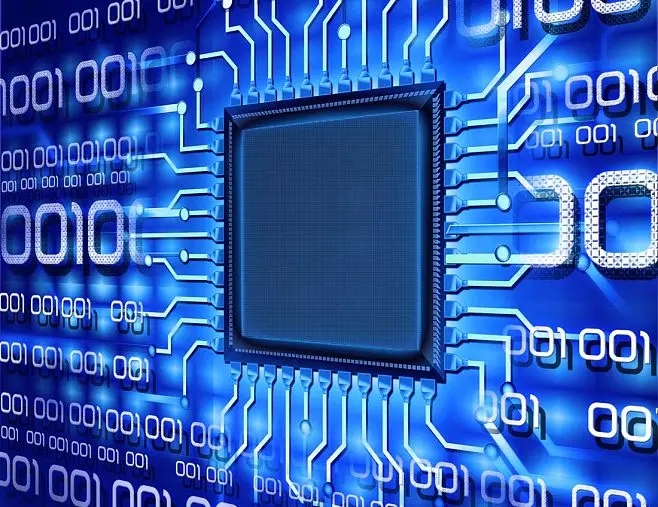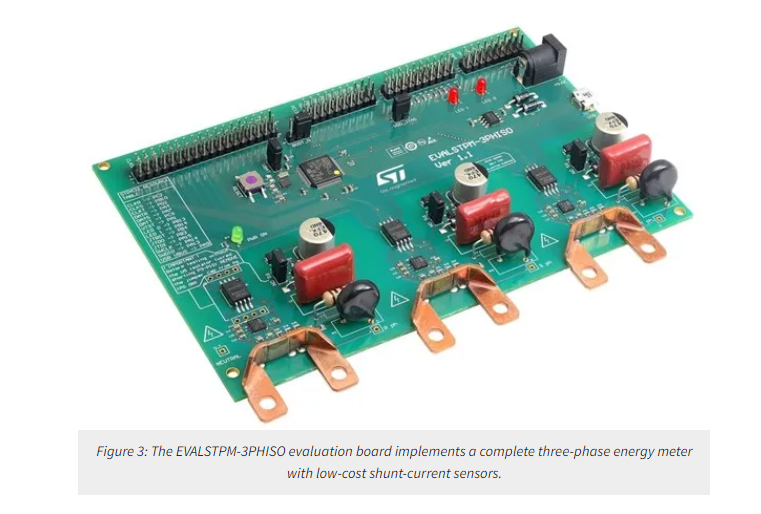
At the national and global levels, policies to decarbonize and end the world's dependence on fossil fuel energy have focused on a small number of very high-impact technologies:
● The installation of multi-gigawatt wind farms and solar farms
● The expansion of nuclear fission generation and continued investment in nuclear fusion
● The replacement of combustion-engine propulsion by battery electric vehicles, as well as electrically powered aircraft
The energy infrastructure and production of new technologies that support these systems is dominated by a handful of global manufacturers.
But to achieve the goal of net-zero emissions, decarbonization and electrification are needed for almost all types of electricity consumption applications, large and small, with few exceptions. This has interesting implications for the thousands of small and medium-sized electronics manufacturers in Europe. There are many opportunities for innovation in small device design, while large global OEMs are often ill-equipped to fill the market gaps emerging from the decarbonization trend.
On the other hand, smaller product manufacturers can profit from these new opportunities. In many cases, they can do this by taking advantage of the features and functions of the latest electronic components.
Decarbonization opportunities below grid size
As a broad distributor of electronic components serving a diverse customer base of industrial, communications and consumer product manufacturers, Future Electronics has a bird's eye view of application and system design trends across the continent. We clearly see that the decarbonization movement driven by governments, businesses and consumers is creating new opportunities, particularly in three areas.
The first is solar energy harvesting. This is partly driven by geopolitics: the Western world has decided to "debris" its relationship with China, which will involve the repatriation of a considerable amount of key technology production, including photovoltaic power generation. As a result, solar panel manufacturing, which is now almost entirely based in large factories in China, could partially return to Europe and North America. This has created an opportunity for European manufacturers to gain an unexpected share of a previously closed market.
At the microscale, the growth of solar collection is driven by innovations in electronic technology that support new use cases. In particular, solar energy harvesting makes possible new architectures for sensing systems. When autonomous, battery-free wireless sensors and actuators can be completely detached from the grid and do not require charging or battery replacement throughout their lifetime, it is possible to completely rethink how they are positioned and used. Advances in solar energy conversion and utilization technology have made this change possible.
The second area of change driven by decarbonization is energy storage systems (ESS). At the national and regional level, power infrastructure operators are looking to leverage a variety of stored energy sources to balance out the fluctuations in energy generated by wind and solar. In any case, financial incentives will be used to encourage households and companies to deploy ESS, and to allow for two-way exchange of electricity to balance the grid. The use of systems such as modified EV batteries in residential and commercial ESS, and enabling two-way energy exchange on demand, still requires design innovation. Here, the implementation of a new semiconductor technology - a wideband gap semiconductor made of silicon carbide - becomes crucial to achieving higher conversion efficiencies than silicon semiconductors.
The third opportunity is metering, especially DC metering at the point of load. For widespread adoption of ESS, owners of ESS equipment need to be confident that they are being paid correctly for the energy they provide to the grid and are being billed correctly for consumption - which requires dedicated meters.
Another example is public electric vehicle charging infrastructure. Electric vehicle batteries are charged primarily with direct current, but utility-grade meters used at public charging stations typically measure the mains AC power consumed by charging devices. EV drivers, or the regulators on their behalf, will eventually object to charging AC inputs because their value comes from the DC output of the car battery. Ac metering rewards charging station operators for installing chargers with cheap but inefficient AC/DC conversion stages and penalizes EV drivers. Before long, the electric vehicle market may require the use of precise DC meters at the point of load to measure the energy supplied to the car battery.
Such regulatory requirements, if they become a reality, are likely to open up the metering market to new innovative companies that will carve up the market, as has happened in the solar inverter market.
Component innovation brings new opportunities
The opportunity is clear. But the race to profit from them will depend in large part on how successfully manufacturers deploy new technologies that deliver performance or cost advantages.
In small-scale solar energy harvesting for wireless sensors, the key function is the ultra-efficient conversion of the collected power input into a useful, adjustable output to drive the sensor circuit. Module technology continues to deliver greater efficiency and integration, which is reflected in Hesperia's specifications for the NEH2000BY, a dedicated power management IC (MIC) for solar energy harvesting (see Figure 1). The device provides an efficient DC/DC converter with collected power inputs as low as 35 PW. Crucially, the device implements an integrated maximum PowerPoint tracking algorithm that continuously optimizes circuit operation to maximize power to the load.

Advanced technology has also changed the landscape of energy storage: wideband gap Sic semiconductors enable storage units to perform power conversion more efficiently with lower power losses than traditional silicon Moses or IGBT.
The migration from silicon-based power switches to using Sic Moses requires a different design approach: the superior thermal performance and higher switching frequencies achieved by Sic technology mean that manufacturers can rethink the thermal and magnetic components they use. According to Infineon Technologies, the change from super junction Moses to Cools Moses can provide an energy capacity increase of about 2% without increasing the battery size.
A good starting point for design teams developing new ESS products is a reference design provided by a leading Sic MOSFET manufacturer such as Infineon, on semi or ST. For example, Infineon's REF-DAB11KIZSICSYSisa CLLC resonant DC/DC converter board can deliver loads of up to 11 kW at an output voltage of 800 V (see Figure 2). With its efficient bidirectional power flow capability and soft switching characteristics, it is the ideal building block for rapid prototyping of any ESS design. It also works with electric vehicle charging stations. It is based on a 1200 v IMZ120R030M1H Cools MOSFET in the TO-247 package, powered by a 1EDC20I12AH gate driver IC.
Also, useful in three-phase EV chargers with power ratings up to 11 kW is ST's TN4050HA-12GY, a 40-A/ 1200-v automotive grade silicon-controlled rectifier (thyristor). This powerful thyristor has a 400-A/10-ms surge current rating, enabling designers to implement a compact surge current limiter in a vehicle's on-board charger or in a splitter switch for a solar inverter rated up to 440 V AC and 11 kW.

The third area where component technology is helping small and medium-sized manufacturers to develop new opportunities is DC metering. The design of utility grade AC meters is highly restricted by regulations. However, there is room for more innovation when it comes to DC metering. In different functional areas, the latest technologies will:
● Perform accurate energy measurement
● Reduce the size, weight and cost of the meter
● Provide more reliable and convenient wireless connectivity and a user-friendly interface
A useful starting point for new DC meter designs is STMicroelectronics' EVALSTPM-3PHISO meter evaluation board (see Figure 3). Based on STPMS2, a two-channel, 24-bit sigma-delta modulator, it measures voltage and current across three AC phases via a voltage divider and shunt current sensor. A selectable high-pass filter allows measurement of DC current and voltage.
The sensing circuit and PCB layout maximize the signal-to-noise ratio to provide the best measurement accuracy.

Expert support for the use of new parts
In all of these applications and use cases, the use of new component technologies can be facilitated by leveraging the expertise of Future Electronics' advanced engineering group. The group includes regional experts in areas such as power management, sensing and embedded systems. It is supported by the practical design engineering expertise of the Center of Excellence, which has developed sophisticated reference designs for various power conversion functions.
The combination of advanced component technology, expert advice, and innovation and engineering skills of Europe's small and medium-sized electronics OEMs provides a solid foundation to take advantage of the new opportunities presented by the continent's move towards decarbonization.
About US
Heisener Electronic is a famous international One Stop Purchasing Service Provider of Electronic Components. Based on the concept of Customer-orientation and Innovation, a good process control system, professional management team, advanced inventory management technology, we can provide one-stop electronic component supporting services that Heisener is the preferred partner for all the enterprises and research institutions.
